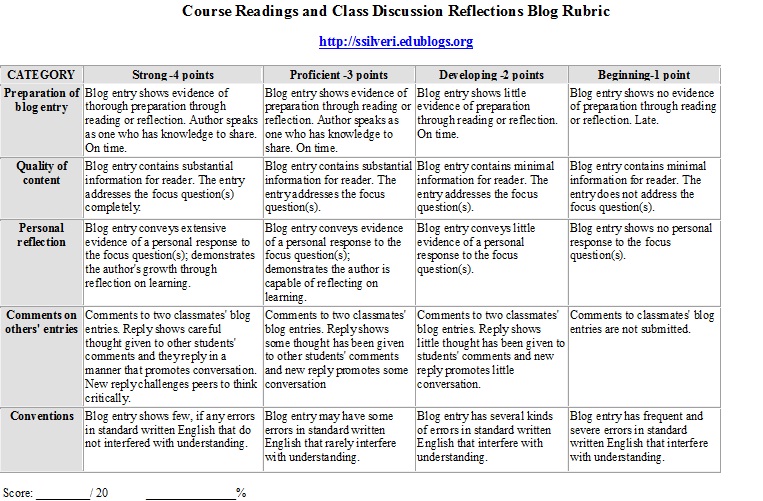Cell Transport Homework Packet - Livingston Public Schools.
And there are two main types of transport: passive and active. Passive Transport. Passive transport is a method of cell transport that requires no energy. Material is moving from areas of high concentration to low, so all the cell does is provide an opening or channel through which to escape. Now these openings are not like doorways; not every molecule can pass through freely.Name Class Date 7.3 Cell Transport Lesson Objectives Describe passive transport. Describe active transport. Lesson Summary Passive Transport The movement of materials across the cell membrane without using cellular energy is called passive transport. Diffusion is the process by which particles move from an area of high concentration to an area of lower concentration.KS3 Biology Transport learning resources for adults, children, parents and teachers.
Transport Without Energy. Passive transport occurs when substances cross the plasma membrane without any input of energy from the cell. No energy is needed because the substances are moving from an area where they have a higher concentration to an area where they have a lower concentration.Osmosis How Osmosis Works The movement of materials AGAINST a concentration gradient. Active transport required ENERGY. It can occur in a variety of ways: Protein pumps: Transport proteins can carry materials across. Endocytosis - the cell membrane can form a pocket around a.

Revise transport in cells for GCSE Biology, AQA.freshwater plants placed in the sea, or a seaweed in a rock pool where the water evaporated in the Sun, would also lose water by osmosis.











